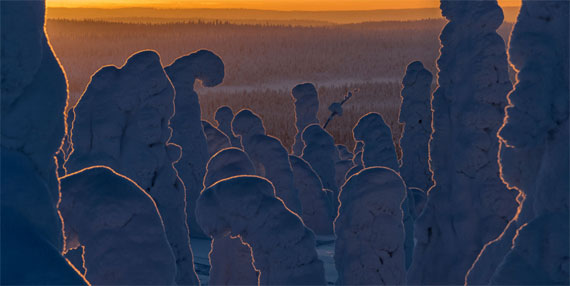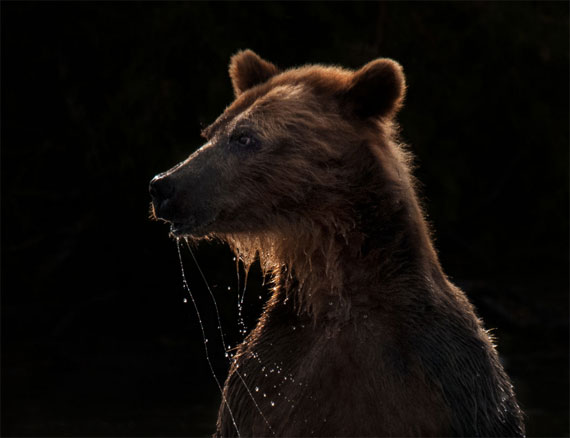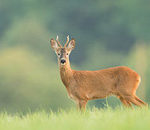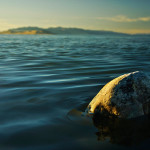Today’s article was kindly shared with us by Ignacio Palacios, author of the 12 Types of Natural Light which is designed to help photographers harness the incredible power of light.
This is light that comes from behind your subject and heads towards you and your camera. Often dramatic and creating a high contrast situation between the subject and the background, it provides a rim of the sun’s rays around your subject. It is a great way to take advantage of the silhouette effect that your subject offers.

Lapland in winter.
Depending on how high the light is, it can give you great dimension, reveal incredible texture and greatly accentuate the contours and shape of your subject. Backlight can at times be challenging as it may lead to exposure and lens-flare issues but the contrast that it produces can provide an outstanding separation of light, allowing specific elements of your subject to be highlighted, creating an alluring mood.
The sun is very low behind the bear and creates a narrow rim of light along the edge of it. This normally occurs when the edge of the subject is translucent and can contrast strongly with a dark shadow behind. If the sun is in the photograph, you can sun start using a close aperture of around f16-f22.

Backlight: Bear in Kamchatka, Russia
The most difficult part of backlight is getting the exposure right. If your subject is translucent, like a flower, the light will shine through it. Otherwise you can meter for the sky and throw your subject into complete silhouette.
Tip: When you shoot towards the sun you can get flare. Lens flare is a graphic entity that can be considered a fault or a contribution to the image, depending on the photographer’s taste. Technically flare is an artifact that is caused by light interacting with the internal structures inside the lens that can make your images look soft and flat. To avoid it you can use a lens shade, or your hand held far in front, as well as choosing a viewpoint that avoids shooting into the sun. Lens manufacturing employs coatings to help reduce flare but occasionally you might want to put it for creative effects. It might work or not, but the argument is that because it is an artifact that you would normally try to remove on technical grounds, it adds realism to the image.
For Further Training:
Creating magnificent images requires the photographer to have full control over the tools at their disposal and understanding how light works is one of the most important elements to have in your creative arsenal. Grasping how light works is complex as it bounces off some subjects, passes through others, creates large or small shadows, influences colour and has a dramatic effect on your final image.
Understanding how to harness this incredible power of light requires you to understand the concepts of position, strength and colour and our success as photographers depend on our ability to predict and choose the best light or learn to work with what we have on offer.
This is a fantastic book for photographers of all skill levels. The book is full of beautiful images along with lots of helpful tips and techniques.
Found here: The 12 Types of Natural Light Guide
Like This Article?
Don't Miss The Next One!
Join over 100,000 photographers of all experience levels who receive our free photography tips and articles to stay current:







Leave a Reply